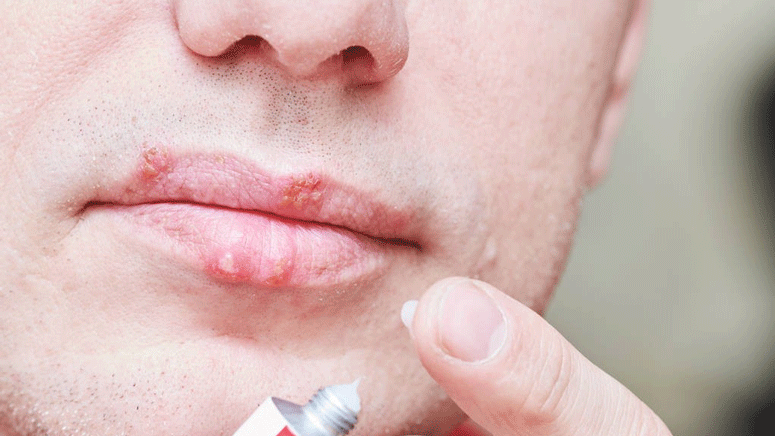The herpes simplex virus, also known as HSV, is a viral infection that causes genital and oral herpes.
HSV can be asymptomatic, which means people will live with it, without experiencing an outbreak or active episode or herpes.
Others might experience occasional episodes of small, fluid-filled blisters or sores. The blisters tend to appear on the genitals or mouth and lips, but they can also show on the fingers, hands, and other parts of the body.
The virus can be sexually transmitted, and also through other ways. There’s a lot of stigma around herpes, however, the virus is common and nothing to be ashamed of.
According to estimates from the World Health Organization: [1]
- In 2016, about 67% of the world population under age 50 had oral or genital HSV-1.
- In the same year, about 13% of people between the ages of 15 and 49 had HSV-2.
Other research notes that over 90 percent of adults have HSV-1 antibodies by the time they are 50 years old.
The cure of herpes is still unknown, but antivirals and home remedies can help ease severe symptoms. Anti-viral medication may be helpful.
This article will discuss with you about the difference between HSV-1 and HSV-2, diagnosis, and treatment.
What’s the Difference between Herpes 1 and Herpes 2?

Herpes Simplex is of two types: HSV-1 and HSV-2.
- HSV-1: This type causes oral herpes, and shows symptoms of cold sores or fever blisters that appear around your mouth or on your face.
- HSV-2: This type causes genital herpes, which involves sores that appear on or around your genitals, anus, buttocks, and inner thighs. Sores can also develop inside the vagina.
Most cases of herpes simplex are HSV-1, since the virus can easily be transmitted through oral-to-genital contact.













